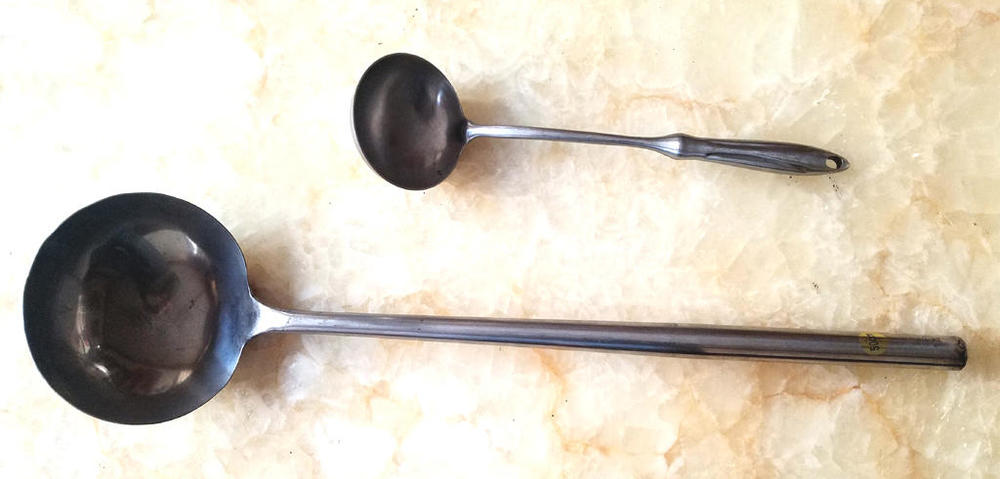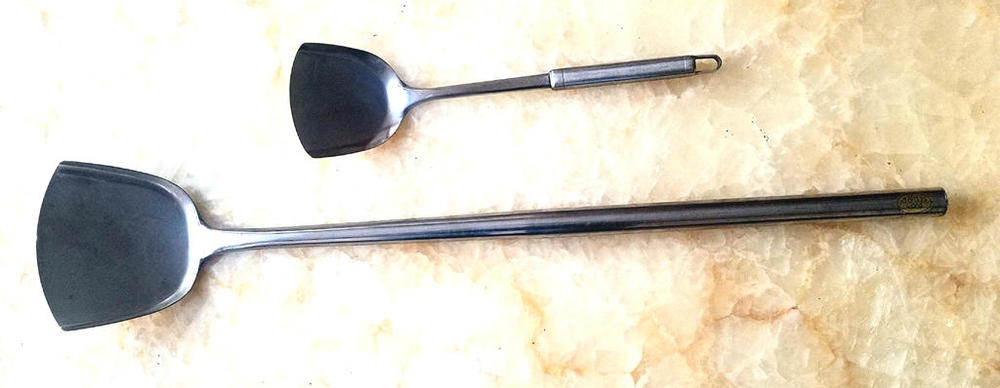Search the Community
Showing results for 'wok'.
-
1. Do y'all get corn meal over there? If so, mix it half and half with flour, season it to your liking, toss sliced okra in it, and fry it in a wok. 2. I think the next post after this one answered my question, but I presume most green beans are used in stirfries?
-
Glycine max I can't really mention China and beans without mentioning soy, or soya beans. In Chinese 黄豆 (Mand: huáng dòu; Cant: wong4 dau6), yellow beans or 大豆 (Mand: dà dòu; Cant: daai6 dau6*2), large beans. regular and black soy beans Most of China's own production, and the huge amount they import, goes into soy cooking oil - 大豆油 (Mand: dà dòu yóu; Cant: daai6 dau6*2 jau4), tofu - 豆腐 (Mand: dòu fǔ; Cant: dau6 fu6); soy sauce - Mand: 酱油 (jiàng yóu); Cant: 豉油 (si6 jau4/4*2), etc. A large amount also goes to livestock feed. Soy Bean Paste (L: Spicy R: Regular) However, there are some uses as vegetables. 毛豆 (Mand: máo dòu; Cant: mou4 dau6*2), literally 'hairy' or 'furry beans' are the immature bean pods, which many know as 枝豆 edamame, the Japanese name. raw cooked Also available are soy bean sprouts - 大豆牙 (Mand: dà dòu yá; Cant: daai6 dau6*2 ngaa4), raised and used just as any other bean sprout. There is also a black strain of soy bean, 黑豆 (Mand: hēi dòu; Cant: hak1 dau6*2). These are salted and fermented to make 豆豉 (Mand: dòu chǐ; Cant: dau6 si6), fermented black beans as used in many dishes. Note that bottled black bean sauce is not available in any stores here; people make their own using the beans directly in the wok as they cook the dish.
-
How many times can we re-use oil? I fry in peanut oil, then pour off what's left into a jar, which I keep in the fridge. When I fry, I pour the lot from the fridge into the wok, then top it up using fresh oil. Is this madness? No fishy odors have emerged yet.
-
I use a stainless steel cup with lid. I think you can get ones with a mesh strainer, but I didn't bother; I just set one over the top when I'm emptying my wok. It's convenient, because I can tip in hot oil. Since my kitchen is cool, I keep it on the counter, so I dip oil from it into the wok as needed.
-
It's not actually a wok. It's a northern Chinese/Mongolian hotpot chafing dish. A soup is cooked elsewhere then added to the outer ring. Various ingredients (lamb/mutton and vegetables) are added by the diners, who essentially cook dinner themselves in the soup - fondue style. Very popular in winter. In fact, I hate winter food in China. It's the same every day. Here in the south we don't have the dishes with the central funnel/pot. The central pots seem to have various uses. I'm not sure which is most traditional. (Your chip and dip analogy may not be so far off. I confess I had to Google 'chip and dip'.) I will consult wiser people than me in the morning. You caught me at bedtime - I'll add more tomorrow, unless someone chips or dips in first.
-
Please, I need your help. I can't imagine what this wok would be used for. That piece in the middle is welded to the wok. Do you have any idea how this would be used? I saw this in my Chinese restaurant supply place and the young man that owns the store wasn't much help. The wok is about 14 or 16 in. wide. It looks like it would make a heck of a good chip and dip dish but I can't imagine the Chinese sitting down to a feast of chip and dip. Much less, eating them out of a wok. I'm sorry, I can't get the second picture out of this post
-
Restaurant woks are. And red hot, so you want a long handle to prevent roasted chef syndrome.
-
Must be a big ass wok
-
Not unknown, but certainly unusual. Near my home is a small kitchen equipment store, selling mostly domestic non-electric stuff (apart from a few rice cookers. Recently, it announced a closing down sale. Yesterday I popped in to have a look. I wasn't intending buying anything; I'm well-equipped. Among the items on offer were two pro bits of kit that surprised me. They were the equivalent of $11.50 USD for the two, so more out of amusement than anything else, I bit. I'll probably never use them, but they make an interesting ornament for the kitchen. Professional wok scoop. Regular, domestic size at top for comparison. Professional wok ladle. Ditto. The scoop is 74 cm / 2 feet, 5 inches long and the ladle 62 cm / 2 foot.
-
While the 'gadget' is not unusual or unknown, its circumstances certainly are. Yesterday at our local 'transfer station', while the DH was unloading our detritus, I found a two-handled, round-bottomed carbon steel wok in the station shed. This shed holds things that folks no longer want but are willing to leave for others and the finds can be wondrous. So I found this wok, never used, in its original plastic bag...a kind of plastic you never see anymore...with much Chinese writing on it and in English: "Hand-made Steel Caldron (sic) Made in People's Republic of China". Much of the plastic is melted/fused/? to the metal and it's going to be work to get it off. I am curious as to how old it might be with that on wording on it.
-
A pictorial guide to Chinese cooking ingredients
dmreed replied to a topic in China: Cooking & Baking
I read in one of my cookbooks, that this is the way to order it if one wants to check out the wok expertise of the chef! I have yet to try it because none of the restaurants have had it...so I ordered Chinese Brocolli plain instead. Apparently I will have to buy some choy sum and cook it myself. -
A pictorial guide to Chinese cooking ingredients
dmreed replied to a topic in China: Cooking & Baking
but what I what is choy sum without garlic...just oil and salt! what would be the name and the Chinese characters. BTW I got my original name from a cookbook and it said that this was the best way to test the wok hay capabilities of the chef. -
A pictorial guide to Chinese cooking ingredients
dmreed replied to a topic in China: Cooking & Baking
Yow Yim Choy Sum I would like to have the Chinese characters for one of my favorite dishes, Yow Yim Choy Sum, which I now order to check the quality of the cooking especially the wok hay when I visit a Chinese restaurant for the first time. so far, I have had to specifically order the dish as "plain" rather than with garlic or oyster sauce so I would appreciate any further Chinese characters which specify "plain", i.e., just salt and oil! -
A pictorial guide to Chinese cooking ingredients
dmreed replied to a topic in China: Cooking & Baking
Chinese characters: TEEM for SWEET: 甜 SEEN for SOUR: 酸 HEONG for pan-flavor: 香 (I think this is what you were referring to) WOK HAY: 鑊氣 (I bought a hand-writing Chinese input device. Entering Chinese characters is much easier now. ) - 阿梁 thanks...are the above Mandarin, Cantonese??? Really nice to see you are still here!!!!!! how about the remaining flavors: HOM like salt FOO from very slightly bitter to very bitter TOM like rice or the "baked" flavor of bread LOT like in mustard or chili peppers GUM cool, acrid-sweet like citrus peel -

A pictorial guide to Chinese cooking ingredients
hzrt8w replied to a topic in China: Cooking & Baking
Chinese characters: TEEM for SWEET: 甜 SEEN for SOUR: 酸 HEONG for pan-flavor: 香 (I think this is what you were referring to) WOK HAY: 鑊氣 (I bought a hand-writing Chinese input device. Entering Chinese characters is much easier now. ) - 阿梁 -
A pictorial guide to Chinese cooking ingredients
dmreed replied to a topic in China: Cooking & Baking
there are Chinese names for flavors and tastes such as TEEM for SWEET, SEEN for SOUR, HEONG for pan-flavor or WOK HAY, etc. using soy sauce and other fermented soy products, I know the Chinese are aware of the Japanese flavor called UMAMI but what is the Chinese name for this flavor?




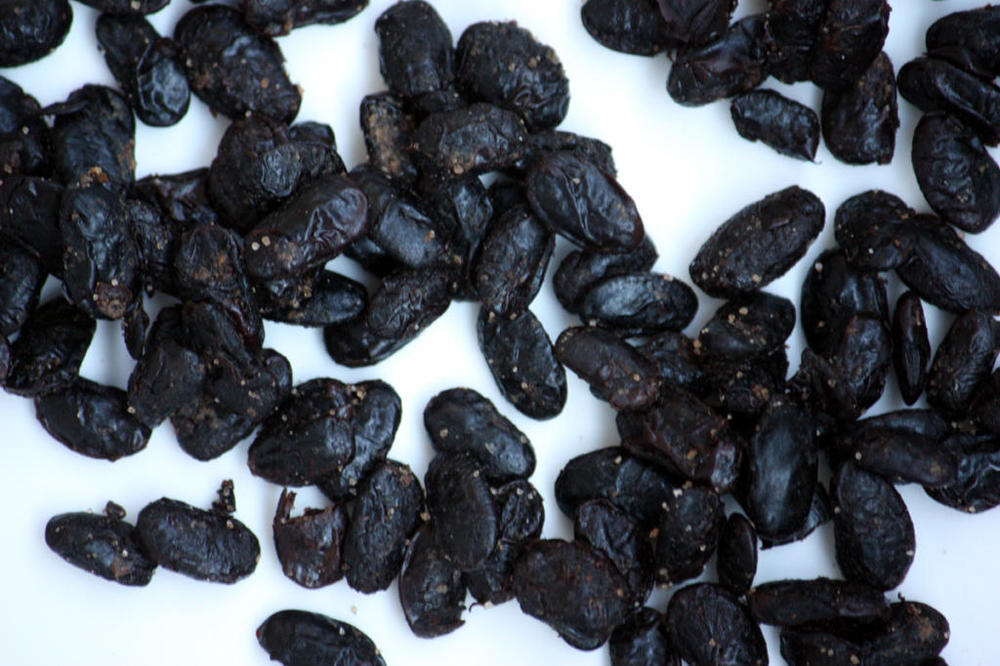
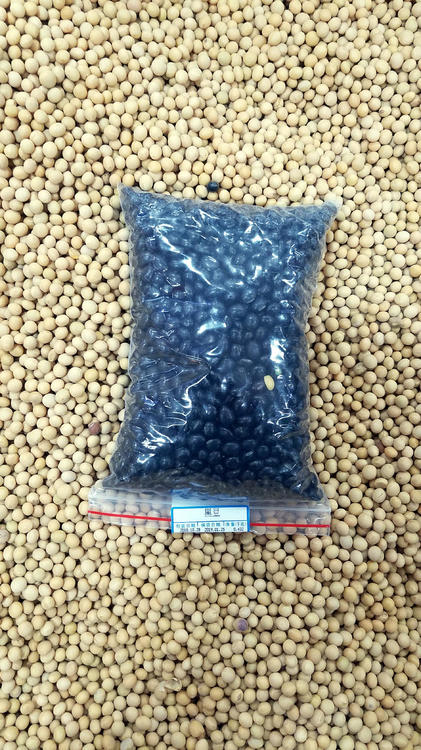
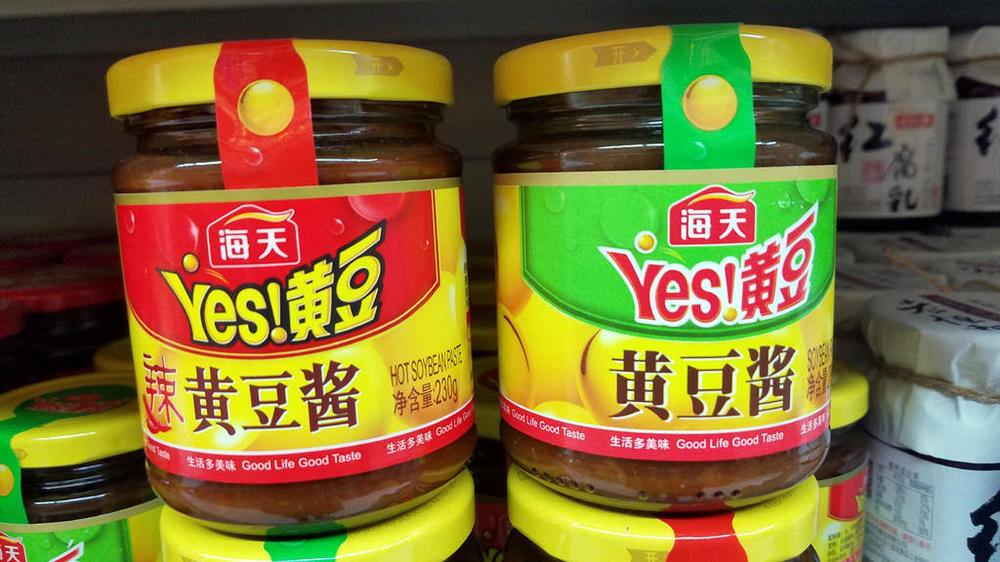




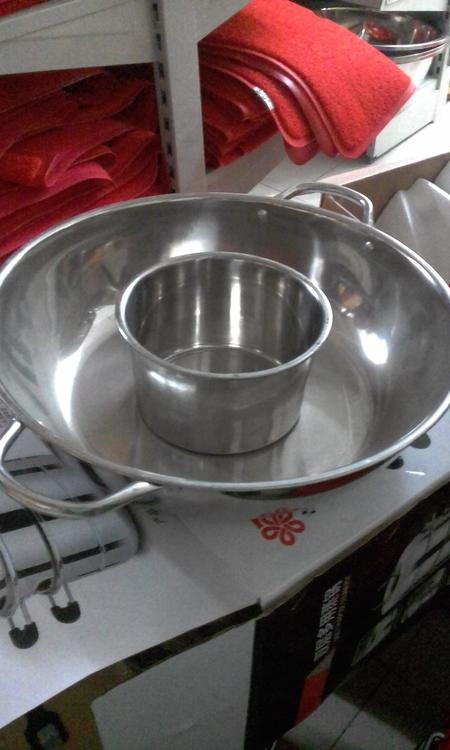
.jpg.a6c6912ef4a016d7d203ace3d01b815a.jpg)


